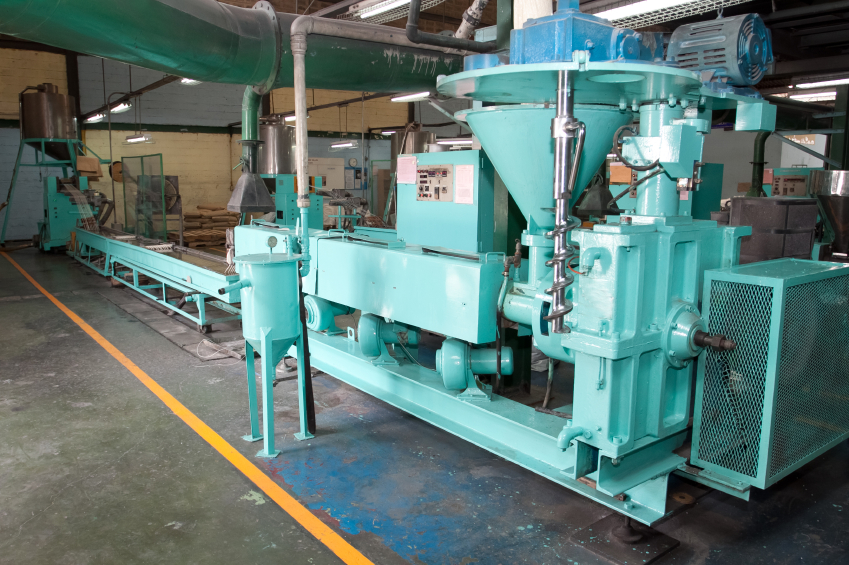
|
This time, Oregon OSHA (OR-OSHA) cited the employer for a willful violation of the lockout/tagout (LOTO) standards. The company had a presence-sensing device and a guard on the machine, after all—why, then, were workers repeatedly bypassing them? OR-OSHA determined that the problem was with the employer’s training.
The importance of training
When you train workers on a specific topic, you do more than provide useful information. You tell workers that they have a use for that information—therefore, they have a role to play in their own safety.
Your one-stop safety management resource, available 24/7. Go here to take a no-cost site tour or here to try it in your own office!
When no training is provided, workers may assume that safety is someone else’s task. They might assume that:
- They would not have been sent to do the job if it was dangerous.
- The equipment cannot hurt them.
Crush Prevention Training
Machine safety hazards are typically either guarding hazards or LOTO hazards, depending on what the machine is doing at a given time. In the case of Portland Specialty Bakery, OR-OSHA found that the mixer operators were designated by their employer as “authorized employees” under the LOTO standard, but:
- The employer had no procedures for removing dough trimmings or dough jams.
- Workers were not trained to safely clear jams.
- When workers were obviously placing themselves in danger—as evidenced by multiple injuries—their employer did not provide retraining, as required by the LOTO standard.
Great news! BLR’s renowned Safety.BLR.com® website now has even more time-saving features. Take our no-cost site tour! Or better yet, try it at no cost or obligation for a full 2 weeks.
Once you have identified hazards that could catch or crush workers, it’s important to make sure that workers are aware of them and know how to avoid them. If you provide effective training, fewer workers will be crushed.
Want tips to optimize all your training? Safety.BLR.com® can help you get it done!
